Powerful Samurai to push forward to end a turbulent era, but assassinated
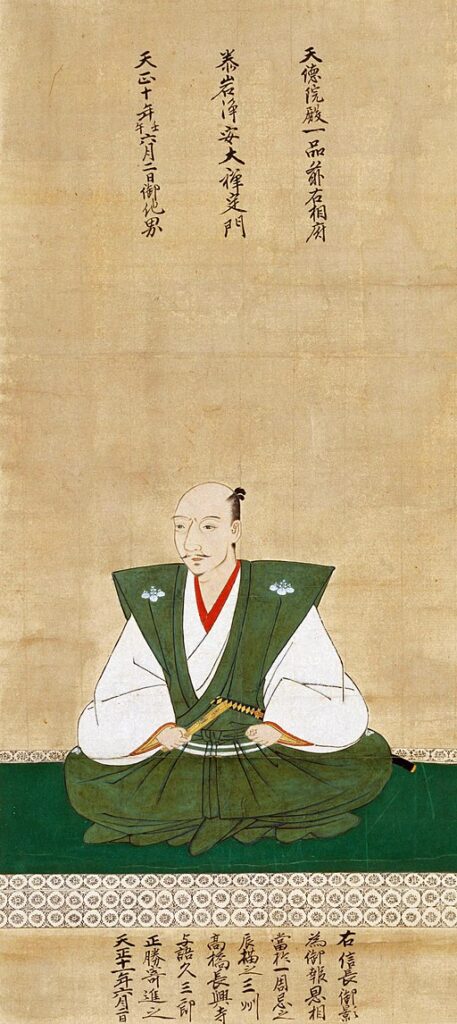
出典:狩野元秀画「織田信長像」賛・跋。原本は愛知県西加茂郡挙母町長興寺所蔵
写真=東京大学史料編纂所/PD-Japan/Wikimedia Commons)
Oda Nobunaga (1534-1582, 織田信長) - the most famous samurai in Japanese history - was born in Owari province and was called the "Great Fool" in his youth because his behaviors were unconventional. However, these experiences bore his future fruits. At the age of 27, Nobunaga prepared carefully and logically and succeeded in defeating the supreme lord of the Suruga province, nicknamed "the best archer", Imagawa Yoshimoto’s large army of more than 25,000 warriors with only 2,000 of his elite troops at the Battle of Okehazama. Nobunaga quickly emerged into the Samurai world of the Warring States Period (1467-1590). Seven years later, once he defeated the Saito clan in Mino (Gifu prefecture) and entered Gifu Castle, he started to use his stamp under the slogan of "Tenka Fubu", meaning to strive to create an orderly country in turbulent times. He used his foresight, charisma, and overwhelming military and economic power to realize a peaceful nation under the Emperor and Shogun. He entered Kyoto under the leadership of Ashikaga Yoshiaki, the 15th shogun, and defeated his opponents one after another, expanding his territory from Owari (Tokai) and Kinai (Kyoto and Osaka) to Hokuriku, Kanto, Shinano (Nagano), Chugoku, and Shikoku. Osaka Hongwanji, the head temple of the Jodo Shinshu sect of Buddhism, stood in front of Nobunaga. After around 10 years of battles, Nobunaga made a peace agreement with the order of Emperor Ogimachi. Then, Nobunaga held Japan's first illumination festival at Azuchi Castle. Seeing Azuchi Castle floating in the darkness, many people must have felt a sense of realizing the peaceful world. In addition, in 1575, Nobunaga and Tokugawa Ieyasu forces attacked and defeated the Takeda's brave and strong cavalry with relentless gunfire at Nagashino & Shitaragahara. However, Nobunaga was unexpectedly killed by his vassal, Akechi Mitsuhide, at Honnoji Temple in Kyoto in 1582. He fulfilled his task as an outstanding Samurai to the end. That is, his head did not fall into Mitsuhide’s hands. Therefore, the rumor, "Nobunaga is alive," spread and circulated among many Samurai, causing many Samurai not to join Mitsuhide. Consequently, Mitsuhide was struck down by Nobunaga’s other right hand, Hideyoshi. “The 50 years of the human world, one of 6 realms of Buddhism, is fleeting and short, so let us live to the fullest without fear of death.” This is a verse from "Atsumori" that Nobunaga chanted and danced before heading off to the battle of Okehazama at the age of 26 and before committing suicide at the Honnoji at the age of 49. His life aiming at the “Tenka Fubu” attracts many people today.
Oda Nobunaga Map
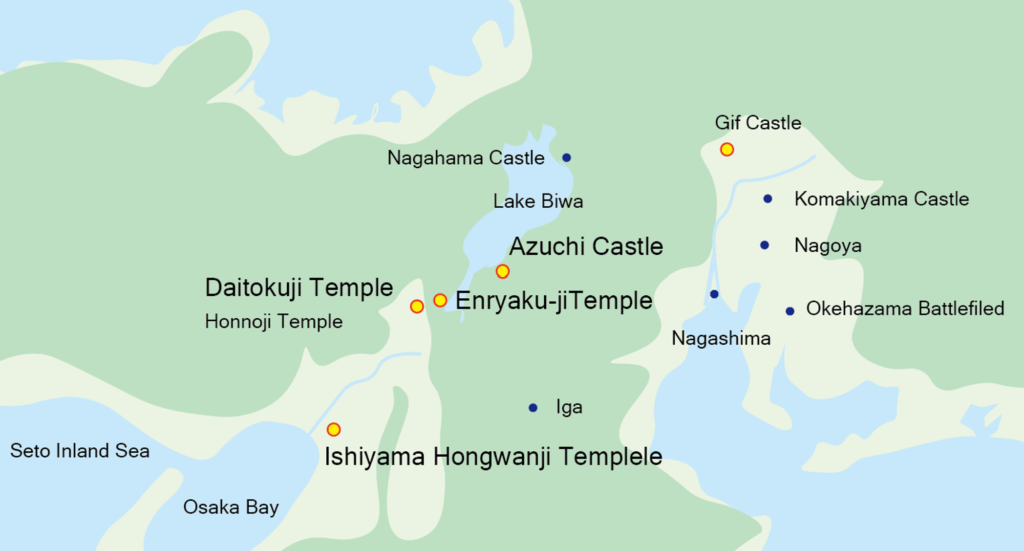
Notable sites
Azuchi Phantom Castle
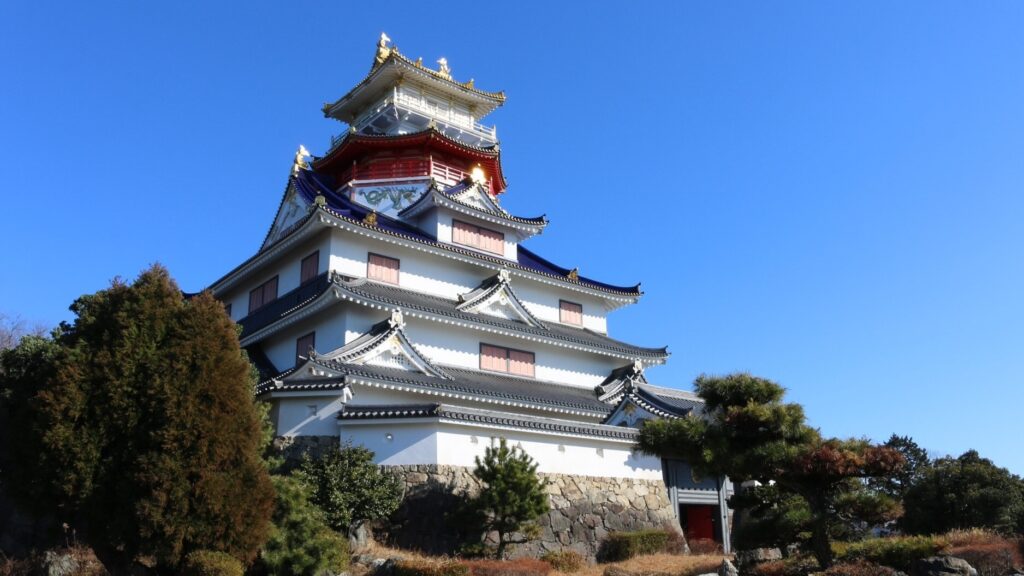
The first picturesque light-up event in Japanese history at Azuchi castle, which must be a proof of peace that marks the end of the Warring States period
Osaka Honganji Temple
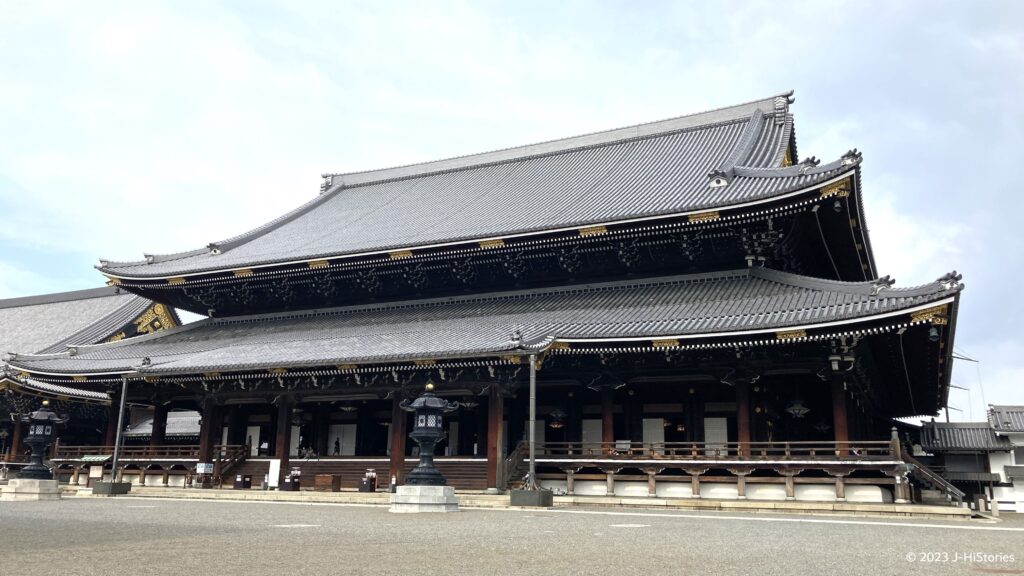
11 years of fierce competition against a Buddhist Kennyo of Osaka Hongwanji Temple located on the defendable Uemachi Plateau as a strategic point for traffic.
Hieizan Enryakuji Temple
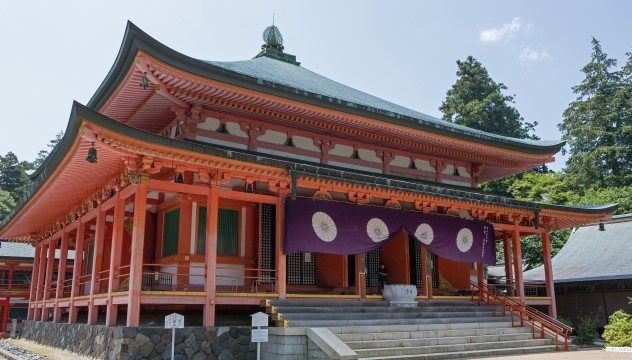
Enryakuji was founded in 788 by Saicho, the founder of the Tendai sect. It stood before Nobunaga unified the nation with its economy and military power.
Myokakuji Temple

Nobunaga's Innovative Venue for Tea Ceremonies. Two Innovators, Nobunaga and Rikyu, were in Resonance here.
(@京都フリー写真素材)
Daitokuji Temple
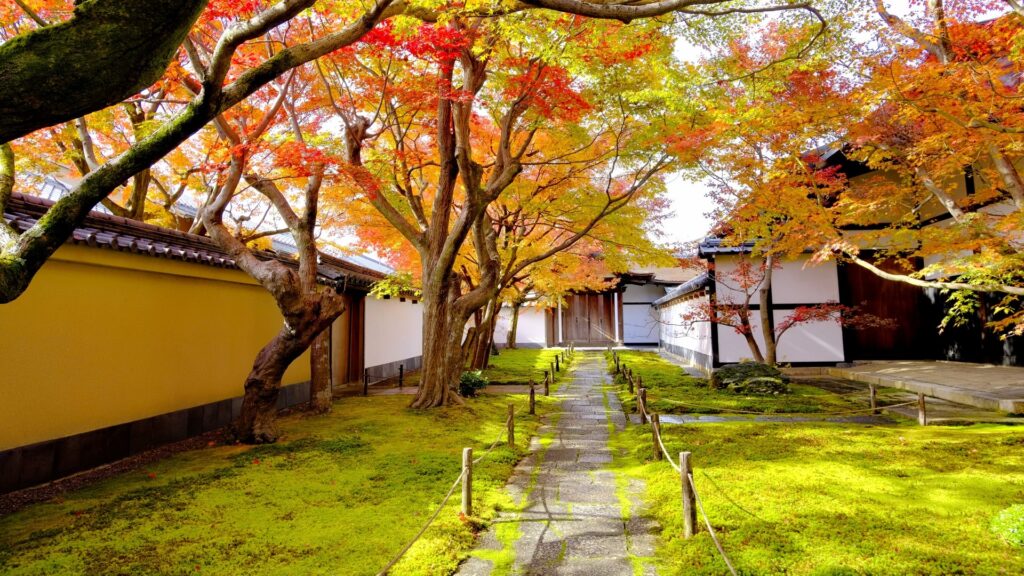
One sub-temple of Daitokuji, Obai-in is the powerful federal lord, Oda Nobunaga’s pagoda. It’s the best place to enjoy seeing Zen gardens, architectural structures, and paintings
Okehazama Battlefield

Nobunaga's strategic victory against the powerful warlord, Imagawa Yoshimoto, at Okehazama in 1590. This victory made him run toward the unification of the turmoil nation.
Oda Nobunaga Timeline
| 1336 | Ashikaga Takauji estabilished Muromachi Shogunate | Muromachi Period | - |
| 1467 | Onin War started (- 1477) | - | |
| 1493 | Hojo Soun - the first warlord in Japan history - settled Izu province by defeating Horikoshi Kubo | - | |
| 1534 | Nobunaga was born in Owari province | Age=1 | |
| 1560 | Nobunaga defeated Imagawa Yoshimoto at the battle of Okehazama | 27 | |
| 1563 | Nobunaga built his 1st own Komakiyama Castle | 30 | |
| 1567 | Nobunaga moved to Gifu Casle and started to use the "Tenka-fubu" stamp | 34 | |
| 1568 | Nobunaga went up Kyoto bringing Ashikaga Yoshiaki | 35 | |
| 1570 | Osaka Hongwanji raised the army against Nobunaga | 37 | |
| 1571 | Nobunaga defeated Enryakuji Temple's monk solduers | 38 | |
| 1573 | Nobunaga defeated the Asai and Asakura clans and ousted Ashikaga Shogun from Kyoto | 40 | |
| 1575 | Nobunaga defeated the Takeda Clan at the battle of Nagashino & Shitaragahara | Azuchi Momoyama Period | 42 |
| 1576 | Nobunaga started the constraction of Azuchi Castle | 43 | |
| 1579 | The Azuchi Castle Tower was completed | 46 | |
| 1580 | Nobunaga made peace with Ishiyama Hongwanji Temple | 47 | |
| 1582 | Nobunaga was killed at Honnoji by Akechi Mitsuhide | 49 | |
| 1582 | Hideyoshi defeated Akechi Mitsuhide | - | |
| 1590 | Hideyoshi unified the nation | - | |
| 1598 | Hideyoshi passed away | - | |
| 1600 | Tokugawa Ieyasu defeated Ishida Mitsunari, Hideyoshi's right arm at the battle of Sekigahara | - | |
| 1603 | Ieyasu estabished Tokugawa Shogunate at Edo | Edo Period | - |
| 1615 | Toyotomi's Osaka Castle burnt down to the ground at the Summer Siege of Osaka | - |
